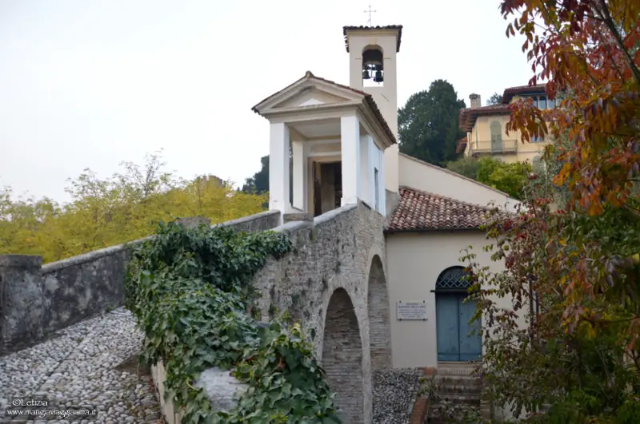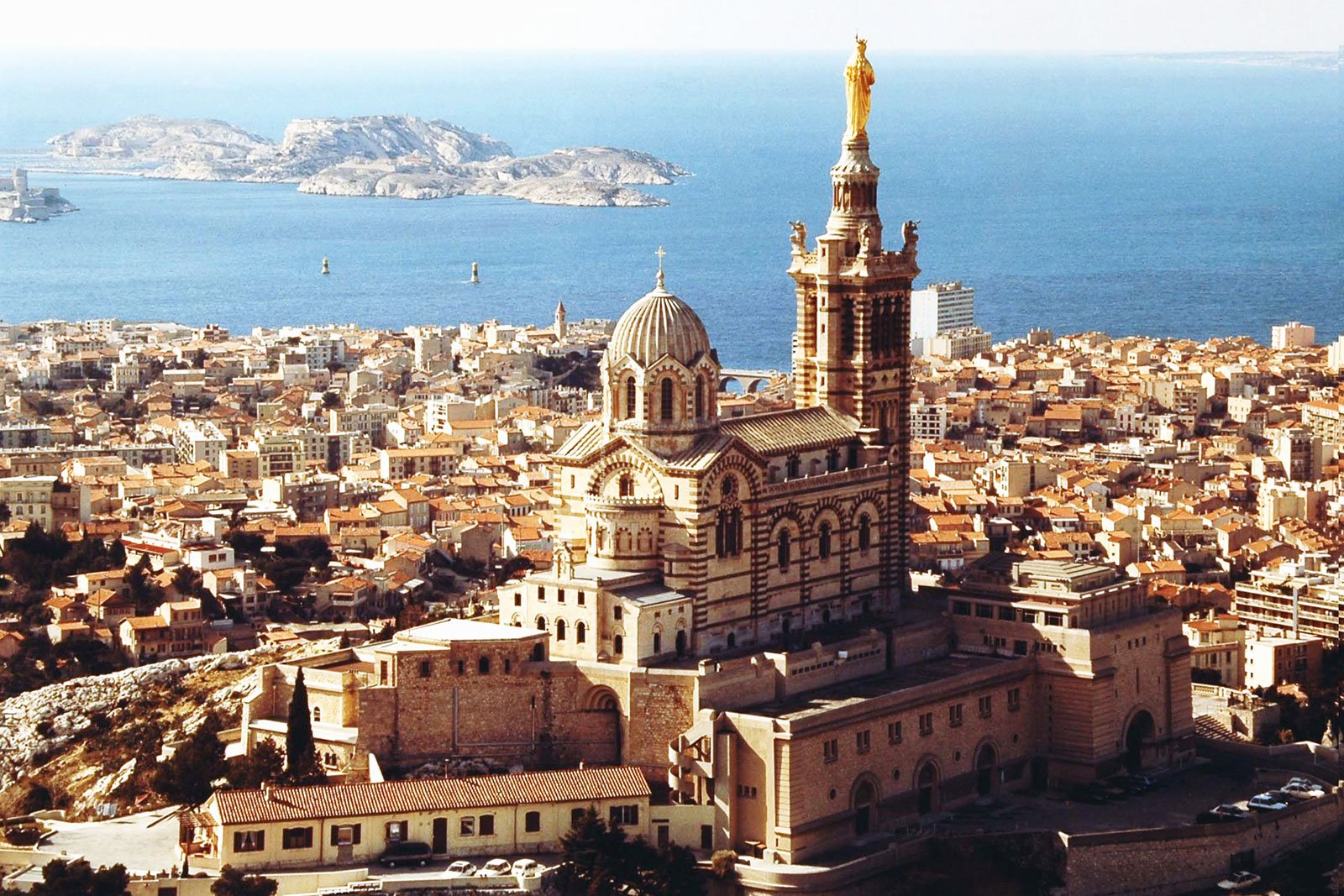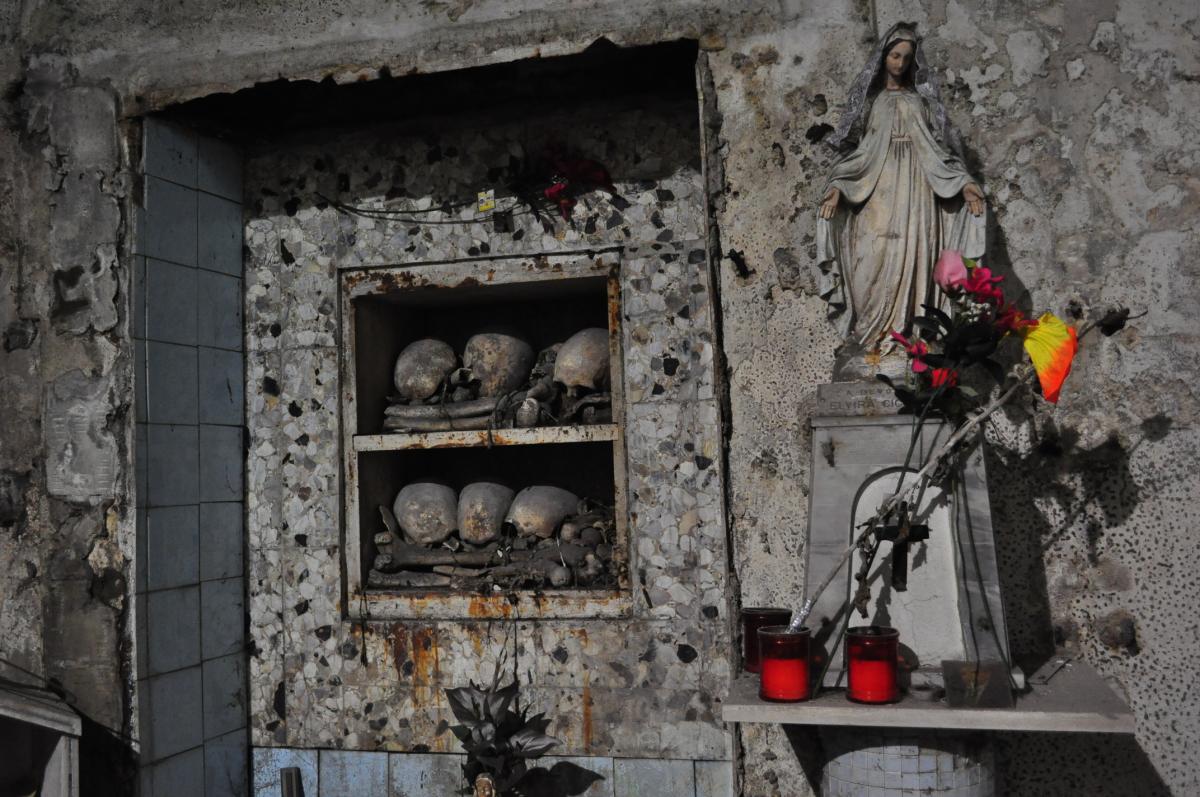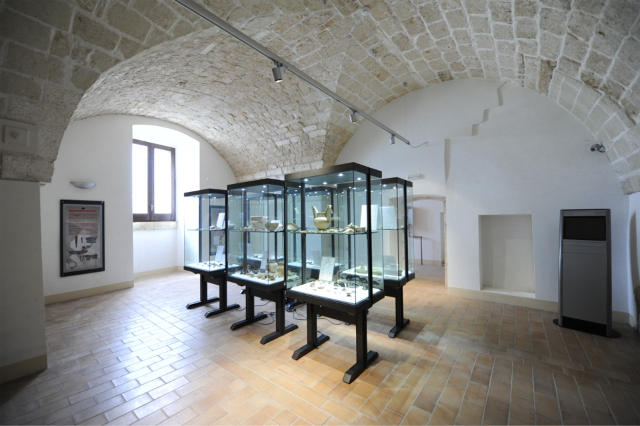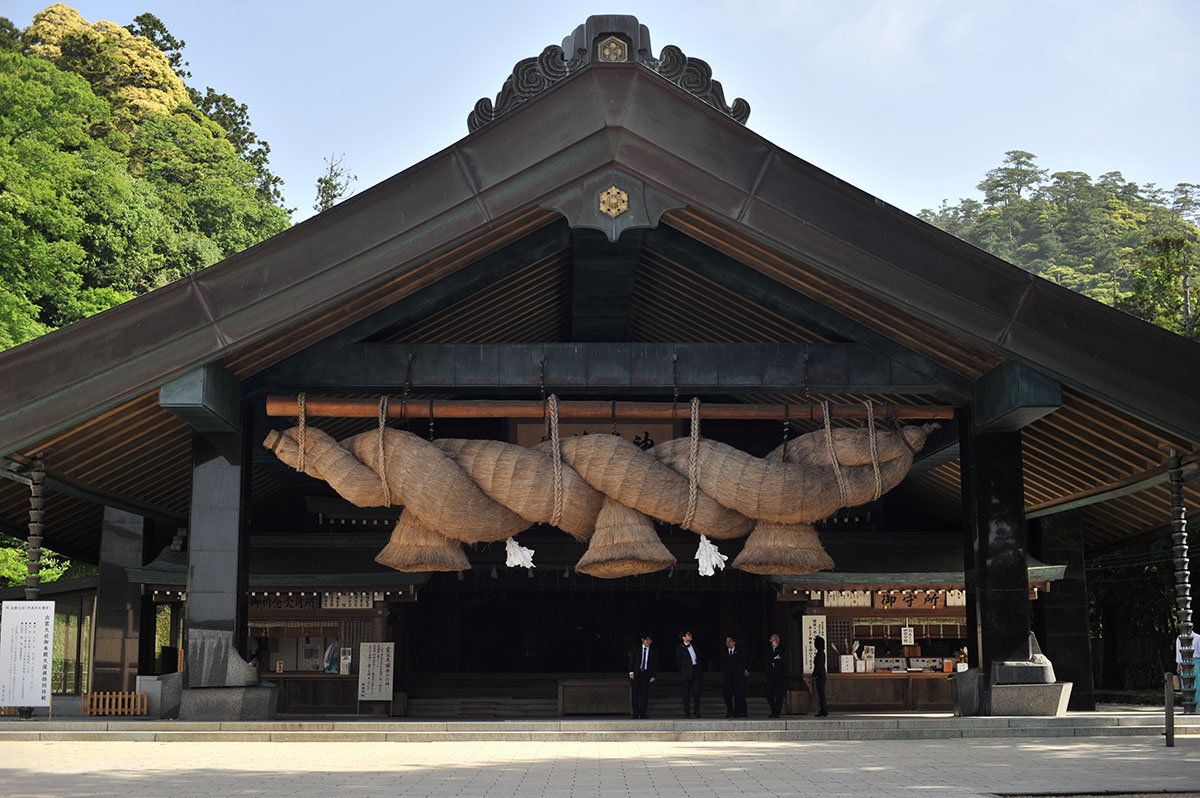The Chiesetta della Madonna della Neve is an oratory located along the Calle della Madonna della Neve in Conegliano. The earliest historical records of this place date back to 1544, when it is mentioned as a branch of the parish church of San Leonardo in Castello.The oratory is located near the ancient Carraresi walls, at a tower-gate that allowed access from the village to the last section of the ancient road leading to the fortress, known as "Porta della Castagnera."After the end of the Carrara rule and the annexation of Conegliano to the Republic of Venice at the end of the 14th century, the strategic and military function of the town diminished and consequently the tower no longer had a defensive function. A fresco depicting Our Lady of Milk was therefore placed inside the tower. Less than a century later, probably because of the strong devotion to this sacred image, the oratory was built.The dedication to Our Lady of the Snow dates from the mid-17th century, marking the transformation of the oratory from an exclusive place of prayer for the local aristocracy to a place of worship for the population. The veneration of Our Lady of the Snow has its origins in the dedication of the basilica of Santa Maria Maggiore in Rome and recalls the medieval legend of the snowfall that occurred on August 5 on Mount Esquiline.The present building underwent a major restoration in 1992 by the local section of the Alpini, retaining its 18th-century appearance. Inside, on the left side of the vestibule, is an archway with its capital. Then there is a quadrangular hall that corresponds to the room of the 14th-century tower, inside which was painted the fresco of the Madonna of the Milk, attributed to Giovanni Antonio da Meschio and made shortly after the mid-15th century. Later, Conegliano painter Francesco Beccaruzzi enriched the work by adding an array of musician angels. On the presbytery is the altar with the statue of the Madonna and Child.The Little Church of Our Lady of the Snow represents a place of worship and devotion, rich in history and art, which testifies to the deep religiosity and traditions of the Conegliano community.
